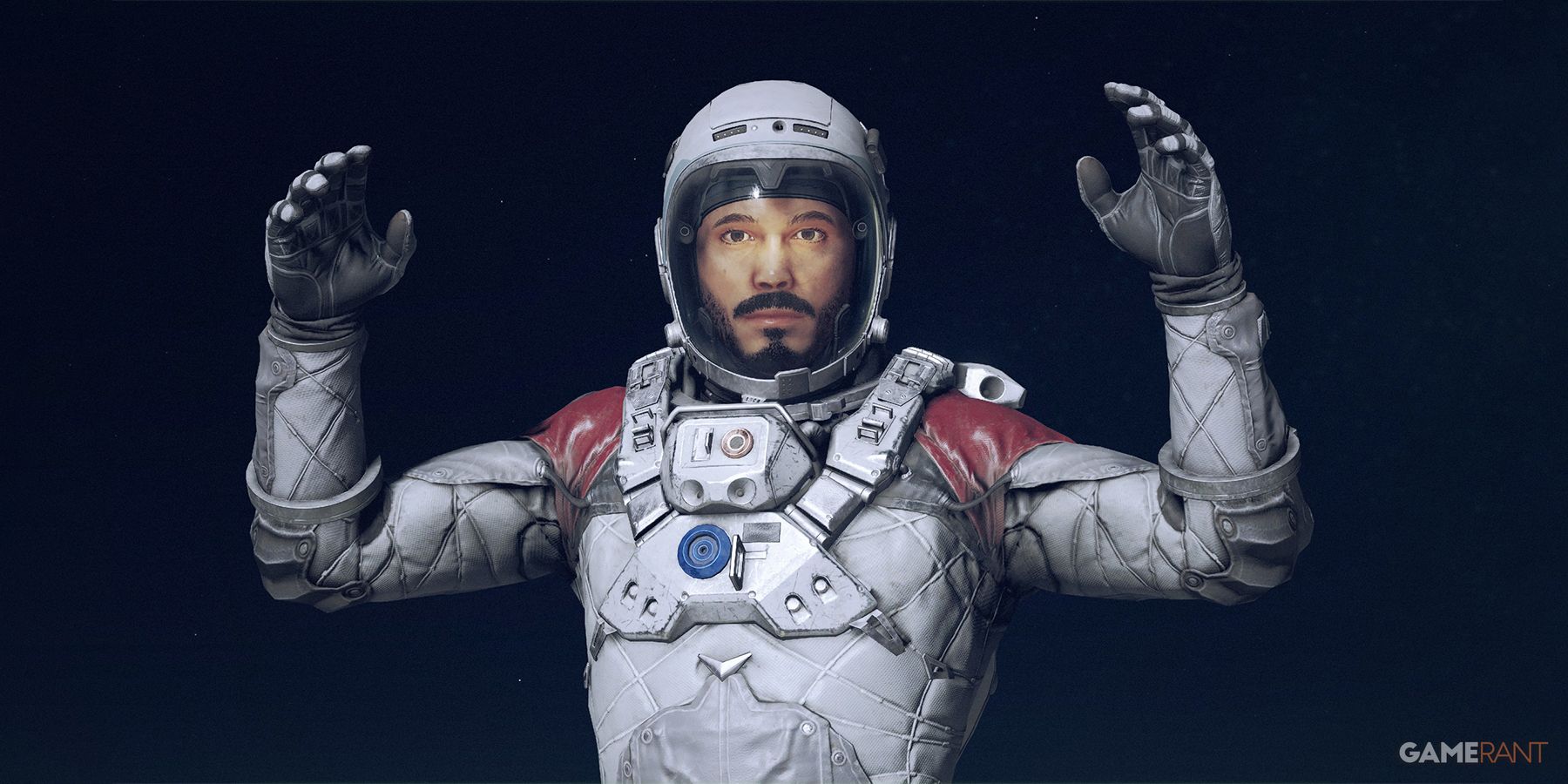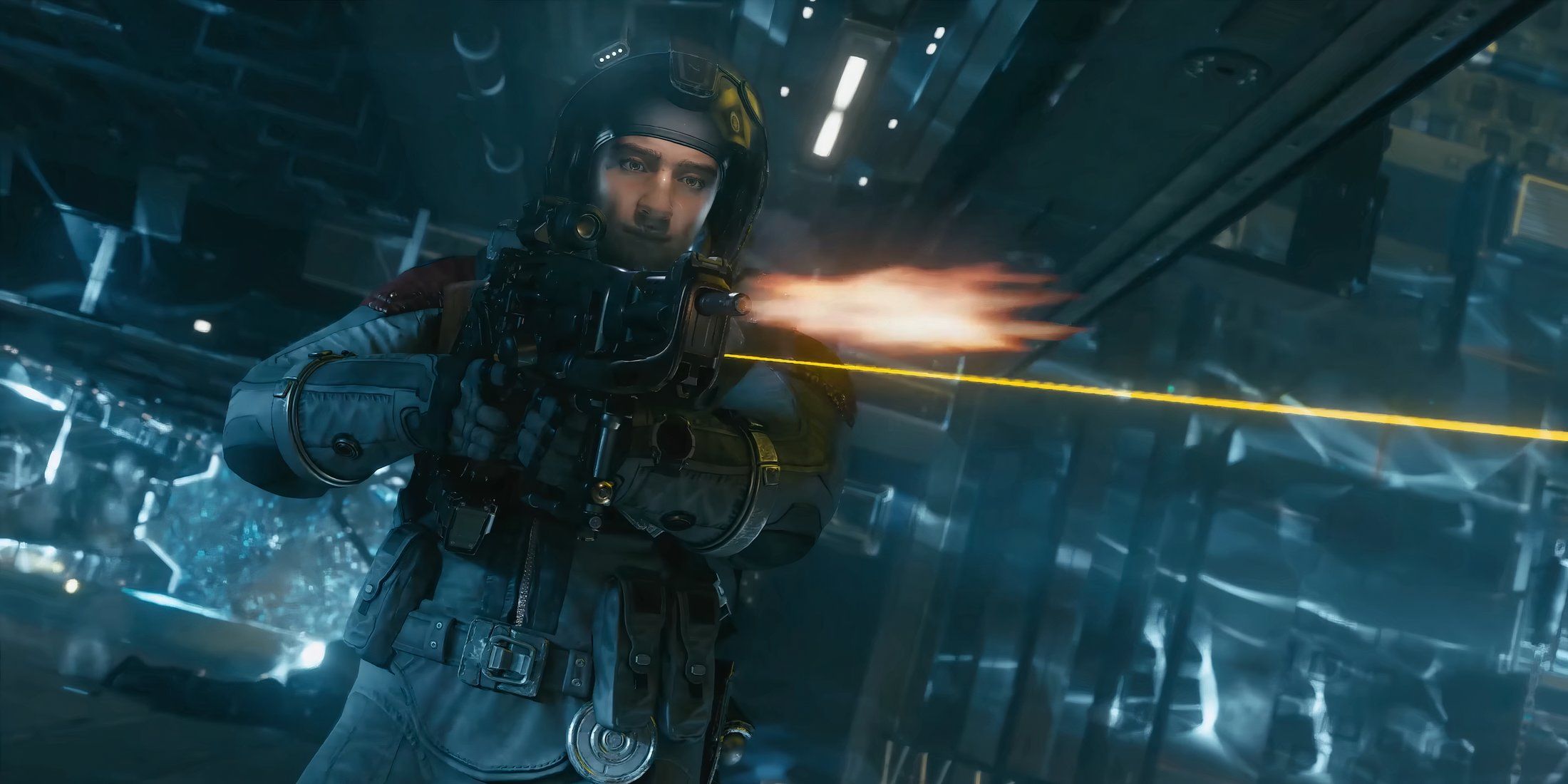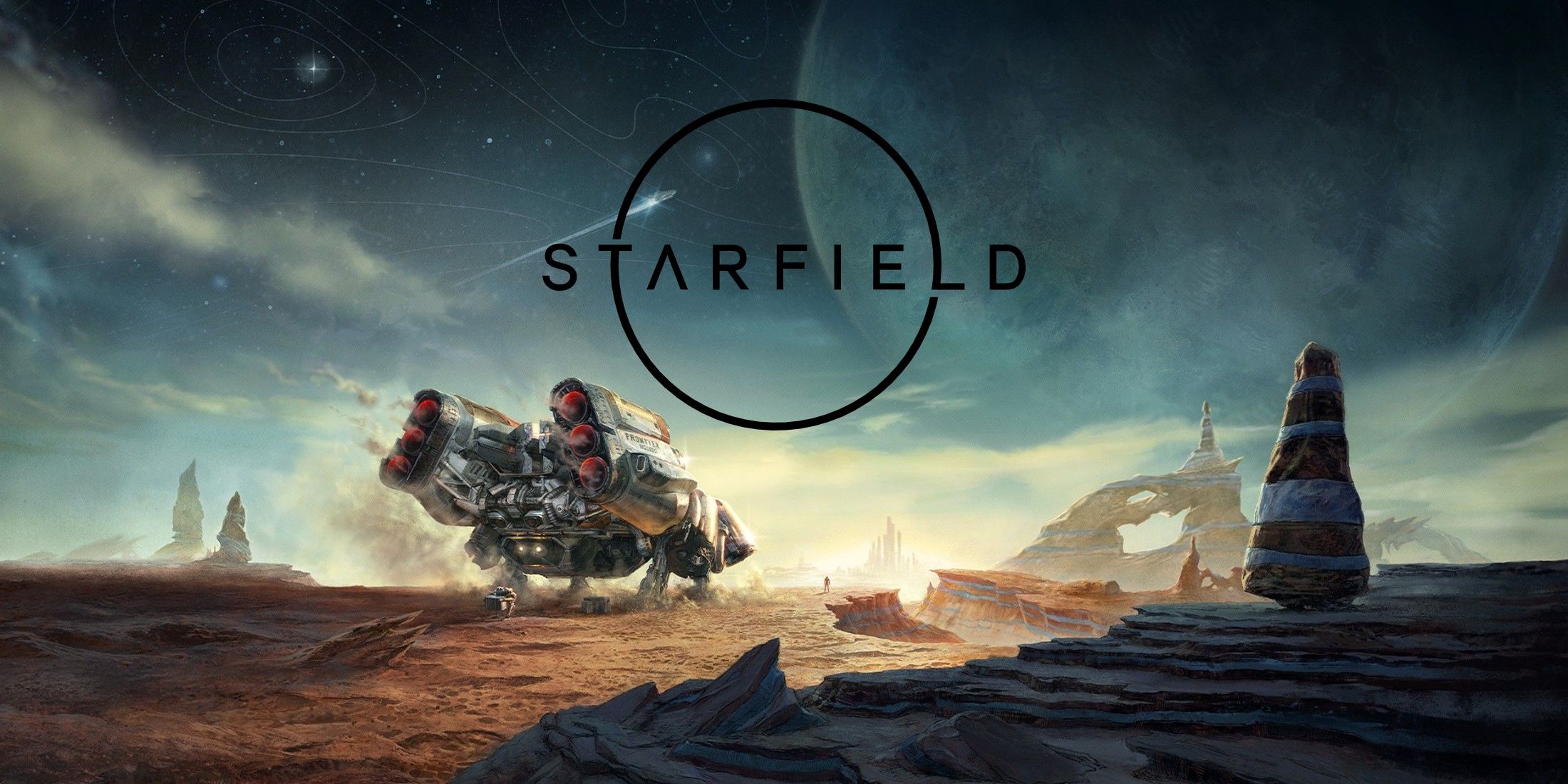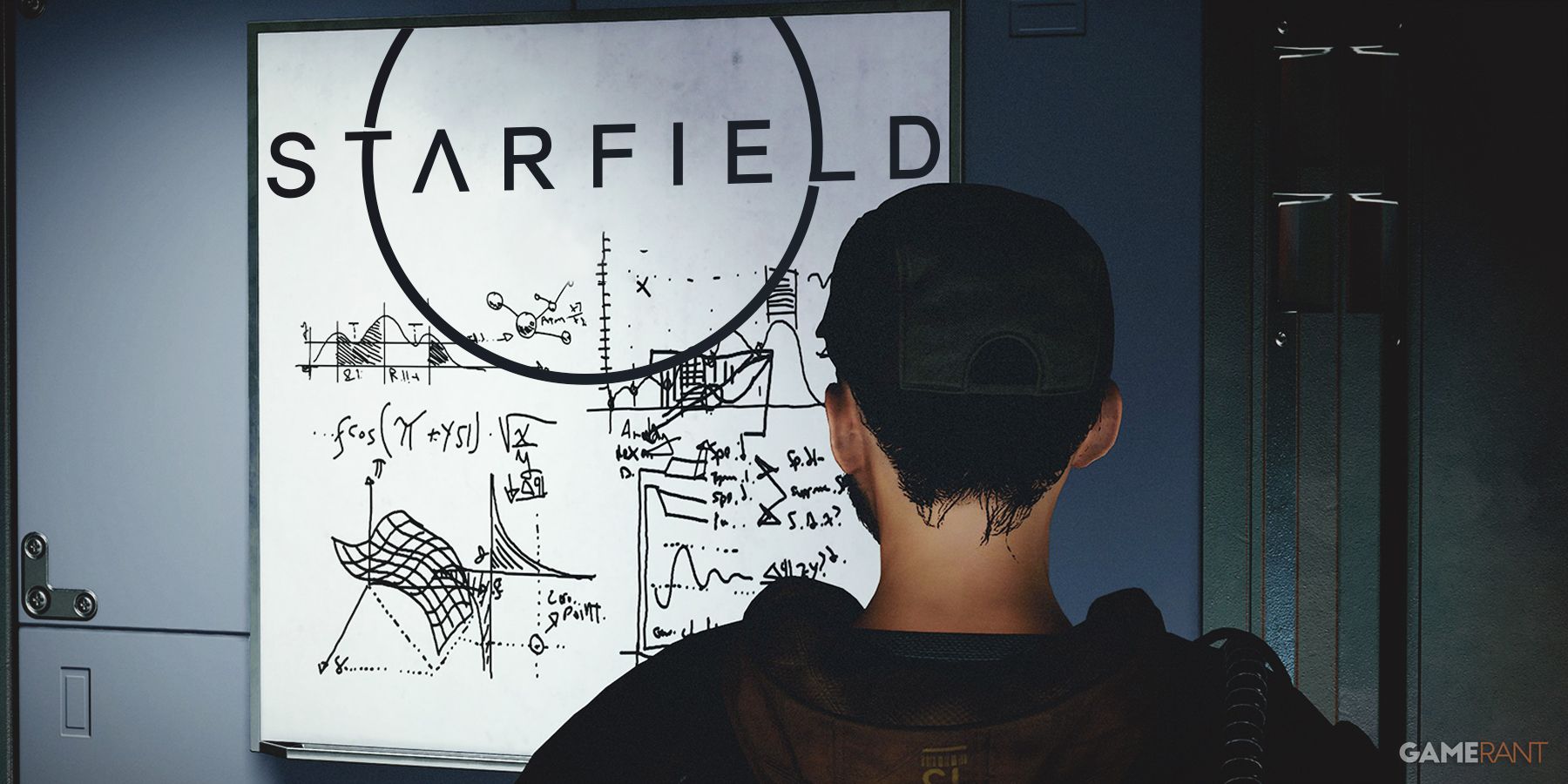Highlights
- Bethesda's Executive Producer Todd Howard shares insights into the creative process behind the lore of Starfield, explaining how the studio approached the development of the game's universe and storyline.
- Creating compelling sci-fi lore from scratch was a gargantuan task for Bethesda, considering the unprecedented undertaking of making a new IP and the larger scope of contemporary big-budget games.
- The development process involved defining the new universe, supplementing initial ideas with concept art, filling out the lore timeline, finalizing the story, and dedicating significant time to quest design and dialogue, resulting in a detailed lore that has intrigued players.
Bethesda Executive Producer Todd Howard opened up on the creative process behind the lore of Starfield. His comments were given from a high-level perspective, thus offering new insights into how the studio approached everything from Starfield's biggest mysteries to its smallest backstories.
While Starfield promptly became the biggest launch in Bethesda's history, the project itself was an unprecedented undertaking for the Maryland-based developer. That's largely because the last time Bethesda made a new IP, even the most ambitious game development cycles were a couple of years long, at most, which is roughly how long the company took to finish The Elder Scrolls: Arena, originally launched in 1994. With the scope of contemporary big-budget games being much larger, creating such an experience based on an entirely new IP was a gargantuan task.

Starfield Clip Highlights How Ridiculous One Tier 4 Skill Is
Some Starfield gameplay footage currently making the rounds online highlights how ridiculous one of the game's Tier 4 skills truly is.
Howard recently shared some new insights into Starfield's ensuing eight-year development cycle, including a detailed breakdown of how the studio approached the daunting undertaking of creating compelling sci-fi lore from scratch. During the latest episode of the AIAS Game Maker's Notebook podcast, the executive explained that the creative process started with Lead Designer Emil Pagliarulo and his team defining the new universe in the broadest of strokes. Early on during this process, Bethesda's art team led by Istvan Pely supplemented those initial ideas with concept art, helping the developers settle on "the feel" of the game that would influence its overarching themes, Howard explained.
From there, the studio's writers began filling out Starfield's lore timeline leading up to the planned events of the game itself. While their primary objective at this point was to figure out how the game's universe got to where it is by the time Starfield's main quest takes place, this stage of the creative process is also when a lot of the RPG's backstories scattered throughout its many books and notes were written, Howard revealed.
With the main timeline out of the way, the team turned to finalizing the actual story of the game, branching out into quest design and dialogue. Although Howard didn't clarify on how long each individual stage took to complete, the recently confirmed fact that Starfield has over 200,000 lines of spoken dialogue suggests that th creative process was its most time-consuming one. The industry veteran concluded that the overall effort was worth it, positing that the resulting lore is "almost" as detailed as something expected from a pre-existing series.
And though Starfield's main story leaves many unanswered questions that fans are hoping will be addressed in future expansions, there's no doubt that its underlying mythology has already intrigued many a player. The game hence already spawned dedicated communities like r/Starfield_Lore, a self-explanatory subreddit that boasts almost 10,000 subscribers less than a month after the RPG's September 6 release.
Starfield is available now on PC and Xbox Series X/S.



